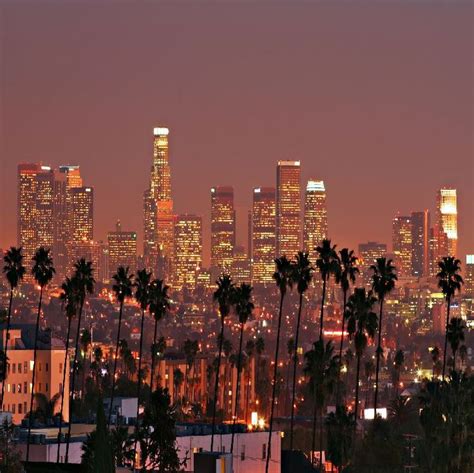The Getty Museum, nestled in the hills of Los Angeles, stands as a beacon of art and culture, drawing visitors from around the globe. Founded by the philanthropist J. Paul Getty, this museum is renowned for its impressive architecture, stunning gardens, and an extensive collection of art spanning centuries. From ancient artifacts to contemporary masterpieces, the Getty Museum offers a diverse and enriching experience for art enthusiasts and casual visitors alike. This comprehensive guide will delve into the museum’s rich history, architectural marvels, notable collections, educational programs, special events, and its significant impact on the cultural landscape of Los Angeles.
Investigate this topic thoroughly with gamesfats.com
1. Introduction to the Getty Museum
Nestled in the picturesque hills of Los Angeles, the Getty Museum is more than just a repository of art; it is a cultural landmark that captivates and inspires. Established by the oil tycoon and philanthropist J. Paul Getty, the museum is divided into two locations: the Getty Center and the Getty Villa. The Getty Center, renowned for its striking modern architecture designed by Richard Meier, houses a vast collection of European paintings, sculptures, and decorative arts, alongside impressive photography and manuscript collections. Meanwhile, the Getty Villa offers an immersive experience into the ancient world, showcasing Greek, Roman, and Etruscan antiquities in a setting inspired by classical architecture. Both sites are celebrated not only for their artistic treasures but also for their educational programs, beautiful gardens, and panoramic views of Los Angeles. The Getty Museum is dedicated to advancing and sharing the appreciation of visual arts, providing an enriching experience that seamlessly blends history, culture, and contemporary creativity.
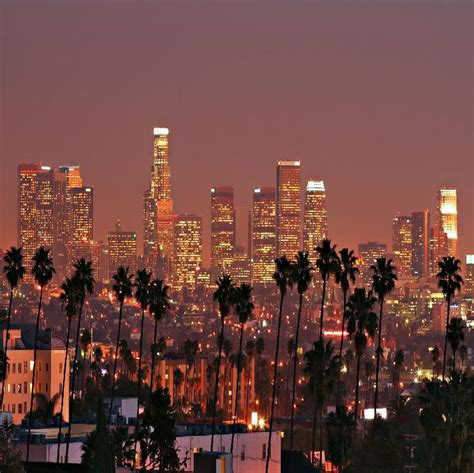
2. Historical Background and Founding
The Getty Museum’s origins trace back to the vision of J. Paul Getty, an oil tycoon and passionate art collector. Getty’s initial foray into the art world began with his private collection, which he housed in his Malibu home. In 1954, he opened a gallery adjacent to his residence to share his collection with the public. As the collection grew, Getty realized the need for a more expansive space, leading to the establishment of the Getty Villa in 1974. Modeled after the Villa dei Papiri in Herculaneum, the Getty Villa was designed to emulate the grandeur of ancient Roman architecture.
Following Getty’s death in 1976, his substantial endowment allowed for further expansion, culminating in the creation of the Getty Center, which opened in 1997. Located in the Brentwood neighborhood of Los Angeles, the Getty Center was designed by renowned architect Richard Meier. It serves as a cultural hub, housing extensive art collections, research facilities, and conservation institutes. The dual locations of the Getty Museum—the Getty Villa and the Getty Center—embody Getty’s enduring legacy, offering a rich blend of ancient and modern art experiences to the public.
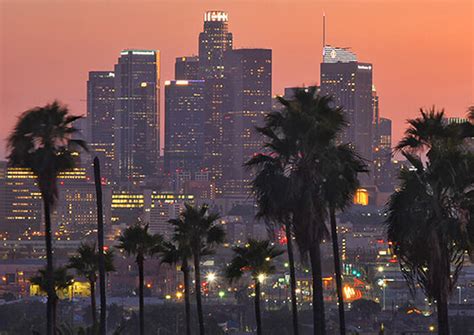
3. Architectural Design and Layout
The architectural design and layout of the Getty Museum are a testament to both historical reverence and modern innovation. The Getty Center, perched atop a hill in Brentwood, Los Angeles, was designed by architect Richard Meier. Known for his minimalist and geometric designs, Meier utilized white travertine stone and glass to create a series of interconnected buildings that seamlessly blend with the natural landscape. The Center’s layout encourages exploration, with its central garden, winding paths, and open plazas offering panoramic views of the city below.
The Getty Villa, situated along the Malibu coast, presents a stark contrast with its classical design inspired by ancient Roman architecture. Modeled after the Villa dei Papiri, the Getty Villa features peristyles, colonnades, and meticulously recreated frescoes and mosaics. Its layout revolves around a central courtyard, with galleries arranged thematically to guide visitors through a journey of ancient art and culture.
Both locations are designed to enhance the visitor experience, fostering a sense of discovery and reflection. The thoughtful architectural design and layout of the Getty Museum not only showcase its vast art collections but also create an immersive environment where art and architecture harmoniously coexist.

4. Notable Art Collections and Exhibits
The Getty Museum boasts an impressive array of art collections and exhibits that span centuries and cultures. At the Getty Center, visitors can explore a diverse range of European paintings, sculptures, and decorative arts from the medieval period to the early 20th century. Highlights include works by masters such as Rembrandt, Van Gogh, and Monet. The museum’s photography collection, one of the most comprehensive in the world, features iconic images from the inception of the medium to contemporary works.
The manuscript collection is another standout, showcasing illuminated manuscripts that reveal the intricate artistry and historical significance of these ancient texts. The Getty Center also hosts rotating exhibitions that delve into various themes and periods, offering fresh perspectives and new discoveries.
The Getty Villa focuses on ancient art from Greece, Rome, and Etruria. Its collection includes exquisite marble sculptures, intricate pottery, and fascinating artifacts that provide insight into ancient daily life and culture. The thematic arrangement of the galleries, combined with immersive exhibits, allows visitors to experience the grandeur of classical antiquity.
Both locations of the Getty Museum continually update their exhibits, ensuring that each visit offers something new and enriching, making it a must-visit destination for art lovers.
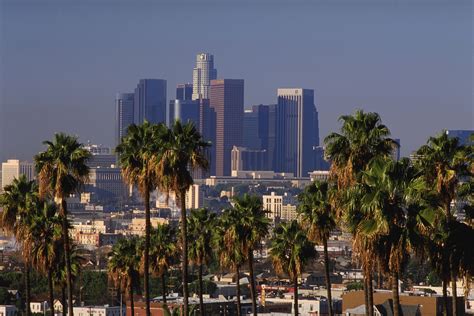
5. Educational Programs and Public Engagement
The Getty Museum is deeply committed to education and public engagement, offering a range of programs designed to foster a deeper understanding and appreciation of art. At the Getty Center, educational programs cater to diverse audiences, including school groups, families, and adults. Workshops, lectures, and tours are regularly organized to enhance the learning experience. The museum’s education department provides resources for teachers, including lesson plans and interactive activities that align with educational standards, making art accessible and engaging for students of all ages.
The Getty Villa also offers specialized educational programs that focus on ancient cultures and artifacts. Programs include interactive tours, hands-on workshops, and lectures led by experts in classical art and archaeology. These initiatives aim to bring the ancient world to life, providing participants with a rich, immersive learning experience.
Public engagement extends beyond formal programs, with the museum hosting a variety of events such as film screenings, concerts, and scholarly discussions. These events are designed to connect the community with the arts in meaningful ways, encouraging dialogue and exploration. Through its robust educational initiatives and public engagement efforts, the Getty Museum continues to play a vital role in promoting cultural enrichment and lifelong learning.
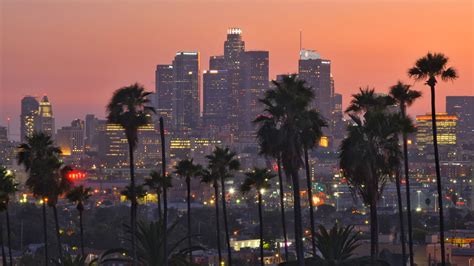
6. Special Events and Temporary Exhibitions
The Getty Museum is renowned for its dynamic special events and temporary exhibitions, which offer unique and varied experiences for visitors. At the Getty Center, special events often include exclusive previews of new exhibitions, artist talks, and curator-led tours that provide deeper insights into the museum’s collections and the creative process behind them. These events are designed to enhance the visitor experience, offering behind-the-scenes looks and opportunities to engage directly with the art and its creators.
Temporary exhibitions at the Getty Center cover a wide range of themes, from focused retrospectives on individual artists to expansive surveys of particular art movements or historical periods. These exhibitions are frequently updated, ensuring that each visit offers something new. They often feature loans from other major institutions and private collections, providing visitors with access to artworks and artifacts not typically on display.
The Getty Villa also hosts special events and temporary exhibitions centered around ancient art and history. These may include lectures, workshops, and reenactments that bring classical cultures to life. Special exhibitions often spotlight specific artifacts or archaeological discoveries, offering a fresh perspective on the ancient world.
Both locations strive to create engaging and educational experiences through their special events and temporary exhibitions, enriching the cultural landscape and encouraging ongoing exploration of the arts.
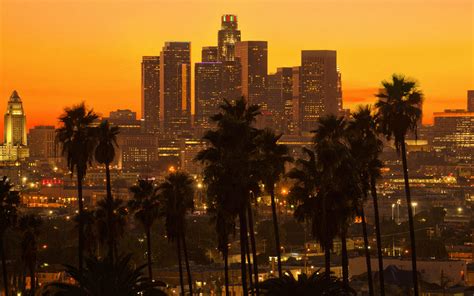
7. Visitor Experience and Practical Information
Visiting the Getty Museum offers a multifaceted experience, combining world-class art with beautiful surroundings and practical amenities. At the Getty Center, guests are greeted by stunning architecture and expansive gardens, making for a memorable arrival. The museum’s layout is designed to be intuitive, with clear signage and maps available to help navigate the diverse galleries and outdoor spaces. The Getty Center provides ample parking with a tram service that transports visitors from the parking lot to the museum entrance.
The Getty Villa, located in Malibu, offers a more intimate setting with its classical architecture and lush gardens. Parking is available on-site, and shuttle services are provided from nearby locations. Both sites are accessible to individuals with disabilities, featuring ramps, elevators, and accessible restrooms.
Visitor amenities at both locations include on-site dining options and museum shops. The Getty Center offers a range of dining choices, from casual cafes to fine dining, while the Getty Villa provides a more relaxed café experience. The museum shops feature a variety of art-related merchandise, books, and souvenirs.
Admission to both the Getty Center and Getty Villa is free, though reservations are required for certain exhibitions and timed entry slots. This policy ensures a comfortable and enjoyable visit, allowing guests to fully immerse themselves in the art and culture that the Getty Museum so generously provides.
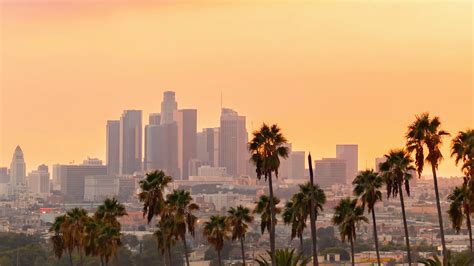
8. Impact on Los Angeles’ Art Scene and Cultural Landscape
The Getty Museum has had a profound impact on Los Angeles’ art scene and cultural landscape. By offering a world-class collection of art and hosting dynamic exhibitions, the Getty has become a central cultural hub in the city. Its extensive and diverse collections attract both local residents and international visitors, enhancing the city’s reputation as a vibrant cultural destination.
The museum’s educational programs and public engagement initiatives have fostered a deeper appreciation for the arts across various communities. Special events and temporary exhibitions contribute to a rich cultural dialogue, often collaborating with other institutions and artists to enrich the local arts ecosystem.
Moreover, the Getty’s commitment to preserving and presenting art has set a high standard for cultural institutions in Los Angeles, encouraging the growth and development of the city’s art scene. The museum’s influence extends beyond its walls, inspiring other cultural organizations and contributing significantly to the city’s cultural vitality and artistic heritage.

The Getty Museum stands as a cornerstone of art and culture in Los Angeles, offering unparalleled experiences through its remarkable collections, innovative architecture, and vibrant educational programs. Its dual locations—the Getty Center and Getty Villa—provide diverse insights into art history, from classical antiquities to modern masterpieces. By continuously engaging the public and contributing to the cultural landscape, the Getty Museum remains a vital and inspiring destination for art lovers.
gamesfats.com
